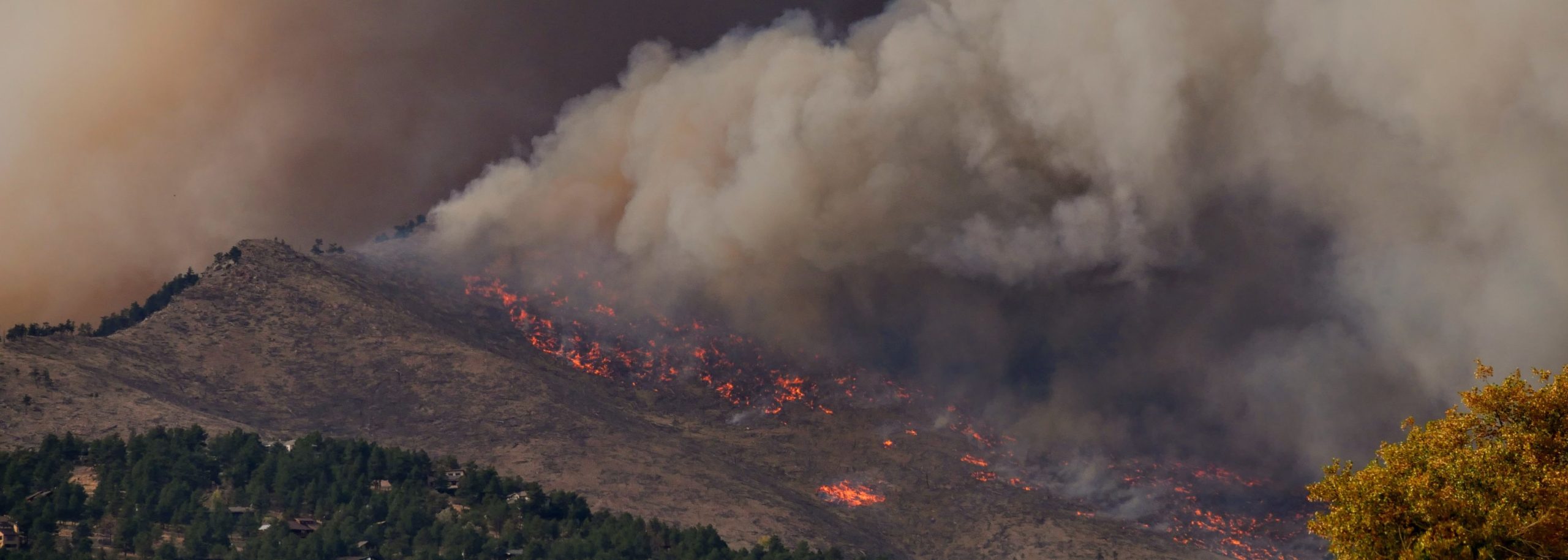Published: 06/28/2018
A strategic communications project from the Action Lab for Planetary Health (ALPHA).
Every year, about 7.4 million children across the United States are affected by wildfire smoke. A large proportion of these kids are in California. Smoke exposure causes more than short-term health impacts, such as trouble breathing, increased asthma attacks, chest pain, dizziness, and increased risk for upper respiratory infections – researchers are increasingly also finding long-term consequences, including reduced immune system functioning, changes in DNA, and increases in blood pressure that can all lead to cardiovascular and lung diseases later in life. The bottom line: as smoke and wildfire seasons intensify, investment in school infrastructure and education campaigns are urgently needed to protect kids’ health.
California has recently increased wildfire prevention spending 16-fold, with Governor Gavin Newson calling for the budget to expand to $1.2 billion. Yet while the state focuses on fireproofing homes, cutting firebreaks, managing forests, and fighting fires, no real movement has been made to improve infrastructure in schools to keep kids from breathing in toxic smoke. While schools often close when air quality is poor, this isn’t always the best solution – especially from an environmental justice perspective. For many students, staying at home might mean being in a house that doesn’t offer any further protection from smoke than being outside. For other students, especially lower-income students with working parents, this could also mean staying at home unsupervised, without access to remote learning resources or to regularly-provided breakfast and lunch meals.
Researchers from Stanford’s Sean N. Parker Center for Allergy and Asthma Research, the Woods Institute for the Environment, and Stanford Health Care – including Dr. Mary Prunicki, Dr. Michael Wara, Dr. Lisa Patel, and Zoe Lew – are working with ALPHA to call for actions that limit kids’ exposure to wildfire smoke.
Together with the researchers, ALPHA is helping to raise awareness of the importance of exposure mitigation strategies, citing the mounting evidence of the health impacts of breathing in wildfire smoke. Specific efforts include: producing research briefs for policymakers that spell out the importance of investments in school infrastructure, social media materials for parents on strategies to protect their kids from smoke, and information for schools to connect with potential resources to improve air filtration and ventilation.
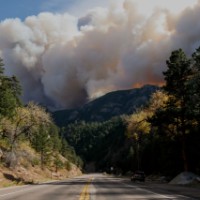
Research Brief: For Kids, Exposure to Wildfire Smoke Means a Future of Poor Health
This Stanford research brief outlines the risks to children from wildfire smoke exposure.
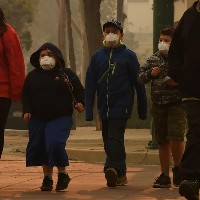
Fact Sheet: Protecting Kids from Wildfire Smoke
This fact sheet developed by CIGH outlines actions California schools can take to reduce wildfire smoke risks for children.
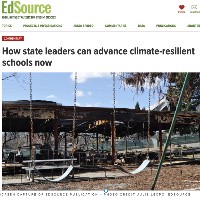
Commentary: How State Leaders Can Advance Climate-Resilient Schools Now
This commentary in EdSource outlines how state leaders can help make California schools more climate-resilient.

Policy Webinar: Wildfire and Health: Impacts on the Most Vulnerable
Toxic smoke from wildfires has disproportionate impacts on children, pregnant women, and under-resourced communities.
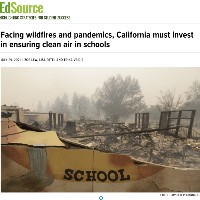
Commentary: Facing Wildfires and Pandemics, California Must Invest in Ensuring Clean Air in Schools
This commentary in EdSource calls for schools to improve air quality and ventilation to protect children from the harmful effects of wildfire smoke as well as COVID-19.

5 Questions: Lisa Patel on California Wildfires and School Ventilation
With COVID-19 and the growth of wildfires, schools need to improve air quality, says pediatrician Lisa Patel.
Header Photo by Malachi Brooks on Unsplash.
